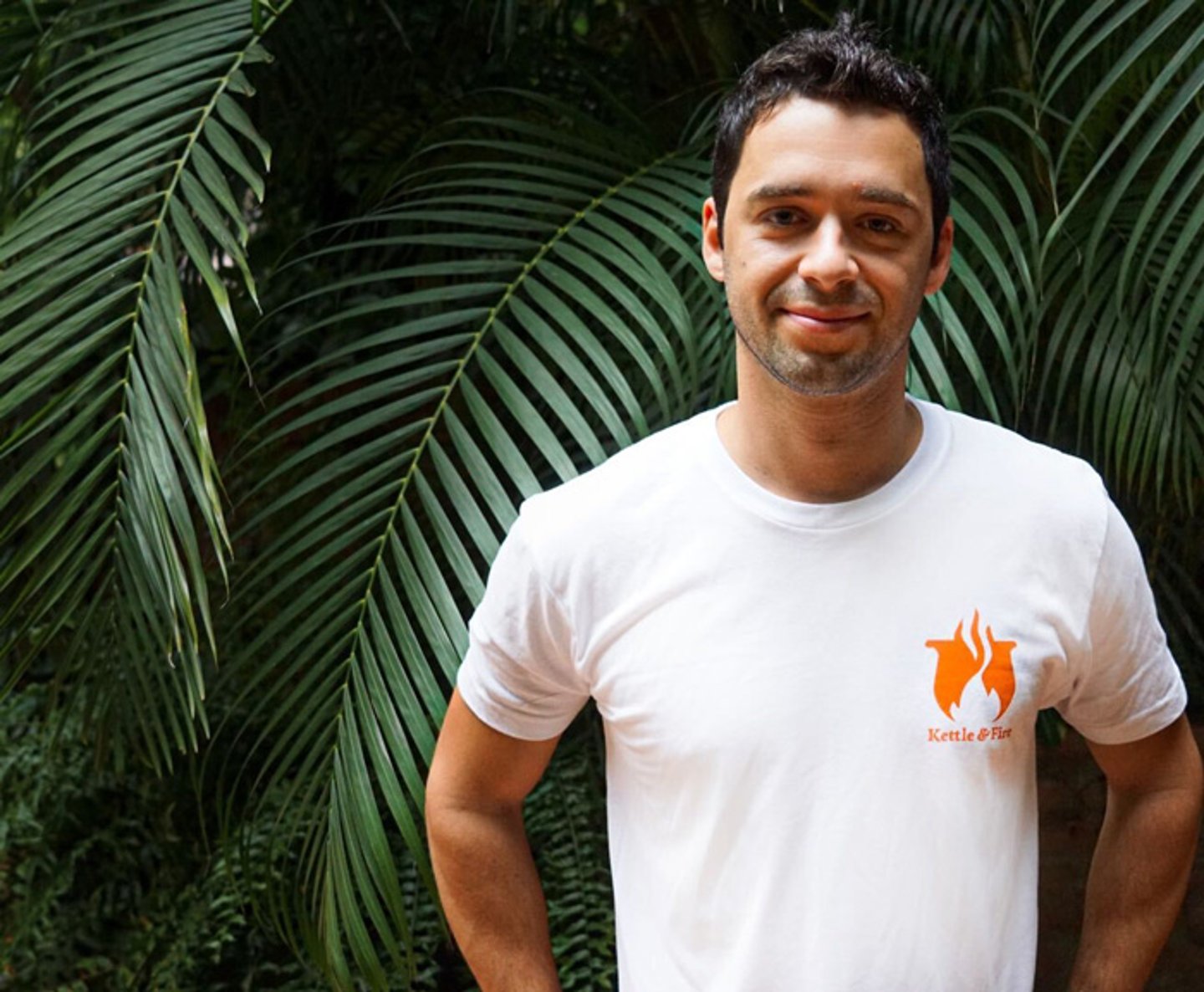Kettle & Fire’s Retail Media Strategy
While Kettle & Fire had strong numbers in the summer, its key marketing seasons are just around the corner as broth and soup are a staple in the fall and winter holiday months. We recently chatted with Niccolo Gloazzo, Kettle & Fire’s senior director of media and omnichannel, on the brand's retail media strategy and the unique challenges of being a small- to mid-sized brand in the space.
P2PI: How much of your marketing budget is dedicated to solutions from retailer media networks, and has that increased in recent years?
Gloazzo: Right now, a very big portion of our budget is focused toward retail media networks, and the percentage increased a lot year after year — especially with new retailers developing their own platforms. We're leveraging Carrot Ads as the back end so we can run advertising using Instacart's platform but laser-focus on a specific retailer. For example, Sprouts.com is powered by Carrots, hence we can support that retailer more directly by using the Instacart advertisement console, which powers the ads on Sprouts.com.
I believe that being first to market, or in this case being able to jump on a platform before anyone else, is a good competitive advantage that smaller brands can have against much larger legacy brands, especially in the CPG industry. A lot of our paid social dollars, for example, shifted toward retail media given their capabilities to provide a full-funnel marketing approach.
P2PI: What has led Kettle & Fire to invest in or rely more on retailer media networks?
Gloazzo: It became mandatory to invest in retail media networks, not only to support the retailers, but also to boost sales and help move units as much as possible. If you are not there, someone will be and will take market share from you, especially now when more and more retailers offer options like order pickup and delivery, which is used by a tremendous number of people. Data is another important piece of the puzzle. Some retail networks can leverage data to understand how effective our advertising is for a given retailer and incentivize users to buy more.
P2PI: What are some of your go-to retail media solutions, and are there any areas the company's interested in exploring more?
Gloazzo: We use all native retail media platforms. Especially when you have a small assortment of SKUs, there is no need to use some other third-party platforms, in my opinion. We started using The Trade Desk recently for our streaming advertising mostly because of their direct integration with some retailers and the possibility to build very targeted audiences.
P2PI: Are there any particular technologies the company is seeing and keeping in mind?
Gloazzo: I would love to leverage more AI, even if it is a hot topic right now, for media buying and help with the analysis portion especially to make optimization much faster.
Data clean rooms are definitely something I would love to explore more especially while we are investing more and more into the retail media network. However, the cost for the smaller brands, in my opinion, it's still a little bit high, or you don’t invest enough toward specific channels to drive any meaningful insights.
P2PI: Do you leverage retailer media networks for full-funnel opportunities?
Gloazzo: Yes, the way I leverage some RMN platforms and tactics is more for mid-top of the funnel tactics. For example, Instacart, when I run display behavior or hero banners, or another type of tactic that reaches a very broad audience, it’s very much a top-of-funnel/middle-of-funnel play in this case. In addition, in the past for some streaming campaigns, we leveraged the connection The Trade Desk has with some retailers in order to build custom audiences and build awareness. It really comes down to data and audience size; Walmart or Kroger have massive audience pools you can tap into, and if you are trying to boost your product awareness in one of those retails, it makes sense to target an audience you know already shops there.
P2PI: What challenges within the retail media space are unique to smaller, new brands?
Gloazzo: Placement and pilots. You won’t get the best placement within the retail media network if you are small. Priority is given to those legacy, old brands that have infinite budgets. Access to pilot programs, like mentioned above ... I often have to ask to see if there are some new opportunities/tactics/features we can try before public release. Developing a good relationship with the account manager helped to get that. However, not all of those programs are given to small- or medium-sized brands, hence you miss out on an opportunity to reach your audience on new placements.
Skills and management. It is not easy to find people who understand the retail media space (given it is so new and evolving fast), marketing and retail/sales — plus, have the time to actually execute the media buying on those platforms. Lack of skills and time is the challenge I found across multiple brands as well as when I started managing this portion of the business. This is one of the reasons I recently launched QBR Media, a retail media agency to support those brands.
P2PI: What do you think is the next frontier for retail media?
Gloazzo: Now, just a few platforms offer a full retail media-managed suite of tools. Managing advertising, especially across all of those retail platforms, became very challenging (and buggy). It is also very time consuming, and often brands do not have the internal resources to manage this or have the knowledge to do so efficiently.
Platforms out there that partially aggregate the management piece within a single entity are too expensive and they don't cover all retail. ... There are so many retail platforms out there and not a single company facilitates the management at a decent price level by providing closed-loop attribution, too. Hence, I believe the next frontier will be for tech companies to allow brands and agencies to manage online advertising (and in-store advertising) within a single platform by providing closed-loop unbiased attribution. If someone can solve the attribution problem and prove the incrementality of certain retail media platforms, it would be a game changer.


